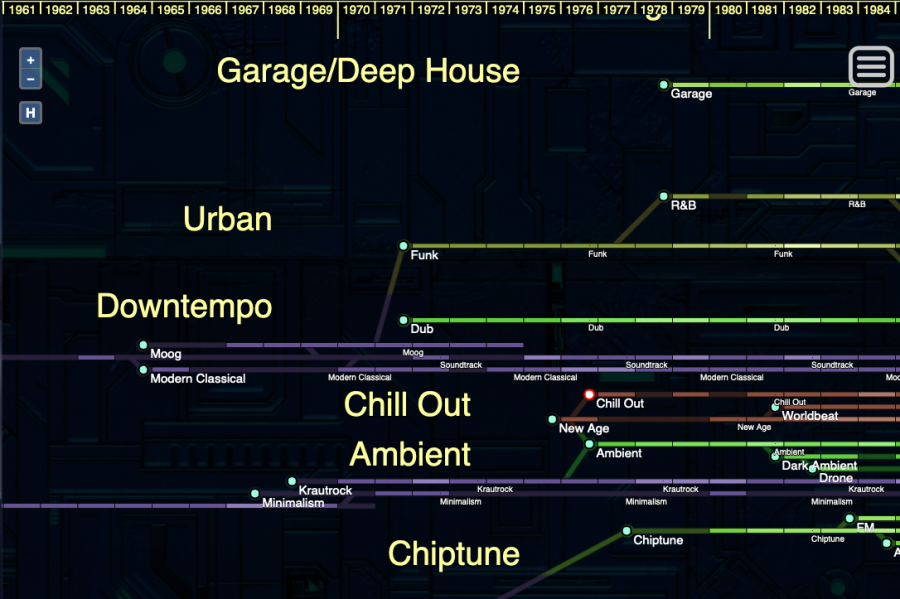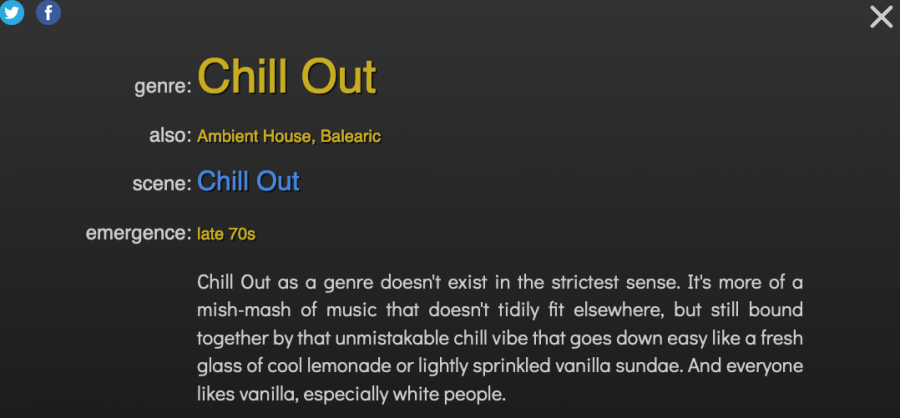Will zombies ever die? To zombie enthusiasts, of course, that question makes no sense: zombies are already dead, drained of life and reanimated by some magical, biological, or even technological force. Most of us have never known a world without zombies, in the sense of zombies as a presence in film, television, literature, and video games. In the video essay “Where Zombies Come From,” video essayist Evan Puschak, better known as the Nerdwriter, goes back to the dawn of these dead figures to pinpoint the origin of this robust “modern myth.”
The first mention of zombies appears in 1929’s The Magic Island, a book on Haiti by “journalist, occultist, and generally eccentric minor celebrity” William Seabrook. “The zombie, they say, is a soulless human corpse, still dead, but taken from the grave and endowed by sorcery with a mechanical semblance of life — it is a dead body which is made to walk and act and move as if it were alive.”
That 90-year-old description may sound more or less like the zombies that continue to scare and amuse us today, but the modern image of the zombie didn’t emerge fully formed; 1932’s Bela Lugosi-starring White Zombie, the very first zombie film, may not strike us today as fully representative of the genre it founded.
But “in 1968 everything changed.” That year, the young filmmaker George A. Romero’s Night of the Living Dead (watch it online) laid down the rules for zombies: they “devour living human beings. They hobble forward awkwardly but relentlessly. They’re dumb, able to use objects as blunt-force instruments but nothing else. They can only be killed by being shot in the head or burned, and if one bites or scratches you, you’ll die not long after, then transform into one and pursue whomever is nearby, family or not.” To Puschak’s mind, the film holds up not just as a zombie movie, but as a movie: “In its neorealist, black-and-white style, it is a smart, tightly crafted story made on a shoestring budget with a third act that is absolutely brutal and punishing even now, 50 years later.”
Night of the Living Dead didn’t call its zombies zombies, but its sequel, 1978’s Dawn of the Dead, put the label of zombie on not just them but us: “The film, which takes place almost entirely in a mall, uses zombies to critique consumerism: as the zombies lumber through this familiar place, we see our own behavior as a grotesque reflection. A zombie’s thoughtlessness, Romero understood, is the perfect mirror for our own.” Dawn of the Dead bolstered the potential of zombies not just as as “creative, primal monsters,” but as satirical devices, and the finest zombie movies know how to use them as both at once. (So far I’ve seen that balance no more impressively struck than in a Korean zombie movie, Yeon Sang-ho’s Train to Busan.)
Over the past half-century, post-Night of the Living Dead zombie stories have made all manner of tweaks on and variations to the standard zombie formula. Danny Boyle’s 28 Days Later, for example, popularized the fast-moving zombie, and Edgar Wright’s Shaun of the Dead pioneered the full-on zombie comedy. Most recently, no less astute an observer of American culture and re-animator of seemingly dead cinematic tropes than Jim Jarmusch has offered us his own entry into the zombie canon, The Dead Don’t Die. Jarmuschian zombies shamble compulsively toward that which they desired in life: coffee, wi-fi, chardonnay, Xanax. As long as we can still see these ourselves in these both funny and terrifying creatures, the zombie apocalypse will always seem dead ahead.
Related Content:
Watch Night of the Living Dead, the Seminal Zombie Movie, Free Online
How to Survive the Coming Zombie Apocalypse: An Online Course by Michigan State
Decay: Zombies Invade the Large Hadron Collider in Movie Made by Ph.D. Students
Martin Scorsese Creates a List of the 11 Scariest Horror Films
Based in Seoul, Colin Marshall writes and broadcasts on cities, language, and culture. His projects include the book The Stateless City: a Walk through 21st-Century Los Angeles and the video series The City in Cinema. Follow him on Twitter at @colinmarshall or on Facebook.






